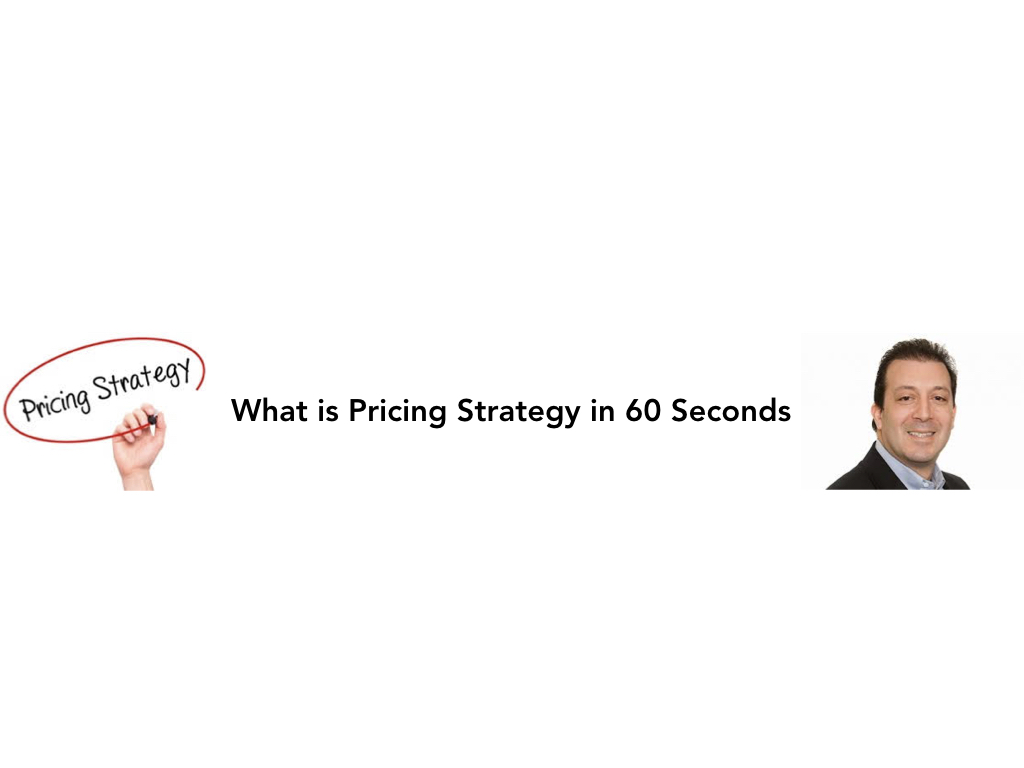

Since the critical acclaim of Bitcoin and digital currencies in 2017, there has been a lot of talk about its future. Bitcoin was the first digital currency to attract mainstream attention, and after that, 2018 was less than glamorous, with the price plummeting.
Are cryptocurrencies a thing of the past already, or a Hard Trend of the future?
A Bitcoin Overview
Cryptocurrency uses peer-to-peer technology, similar to the file-sharing technology of the early 2000s. Bitcoin was the first cryptocurrency, it being virtual and decentralized. This means no one is in charge of it and it isn’t backed by the government. Bitcoin’s value is protected only by a distributed network that maintains its ledgers and protects its transactions by means of cryptography.
The concept behind Bitcoin first emerged in 2009 by an anonymous programmer (or programmers) using the pseudonym Satoshi Nakamoto. A single Bitcoin is today valued at $8,204, while the market cap is now at $145.66 billion.
Every Bitcoin is connected to an address and every Bitcoin is sent or received by a digital wallet attached to the address. Names aren’t associated with the transactions, creating a system that is wholly transparent while remaining functionally anonymous.
Bitcoin: A Soft Trend?
What exactly can you do with Bitcoins? It’s digital currency, so saving or spending them seems to be the immediate answer. However, in order to spend them, individuals and, more importantly, businesses must accept your Bitcoins. While a growing number of businesses accept Bitcoin, such as Overstock.com, most popular merchants and service providers including Amazon do not.
Let’s first discuss my Hard Trend Methodology and the differences between Hard Trends and Soft Trends to assess Bitcoin’s longevity.
A Hard Trend is a trend that will happen and is based on measurable, tangible, and fully predictable facts, events, or objects. They are future facts that cannot be changed.
A Soft Trend is a trend that might happen and is based on an assumption that looks valid in the present, and it may be likely to happen, but it is not a future fact. Soft Trends can be changed.
While Bitcoin itself grew in popularity, its future success is still a Soft Trend. During 2017, Bitcoin was treated by many as more of an investment than actual currency and likewise faced backlash when it was used for illegal online transactions.
However, the concept of cryptocurrencies is a Hard Trend, and here’s why:
Cryptocurrency: A Hard Trend
Cryptocurrencies are here to stay, including the underlying technology (blockchain) that enables them to function. Cryptocurrency, as well as blockchain, represents a radically new idea in finance: a decentralized system for exchanging value. Due to its open-source nature and its copyright-free core program, there will always be room for improvement. Programmers around the world have already developed military-grade encryptions and new ways to trade, thus stabilizing the prices.
Cryptocurrencies exist as mere entries in a blockchain-enabled accounting system. That system acts as a transparent public ledger that records transactions among “addresses.” Owning cryptocurrency isn’t analogous to having paper money in your pocket. Instead, it means a personal claim to an address, with your own password, and the right to do with it as you see fit. Over time, this will increasingly disrupt traditional models and global currencies, playing a role in a number of future digital transformations.
The Future of Currency: Digital Payments
Imagine you want new shoes, and your favorite shoe store accepts some form of cryptocurrency. If you don’t already possess cryptocurrency, you purchase some from a crypto-currency kiosk or an online exchange and assign it to your online account, known as a “wallet.”
When paying for your new shoes, you open your “digital wallet,” which is unlocked with passwords and/or biometrics, and the currency network is publicly informed that you’ve transferred $100 worth of cryptocurrency to the store. This happens fast, and there are almost no fees and no personal information divulged. Compare this with the slow debit or credit card counterpart, often with a third party involved. The benefits become more clear.
Other Cryptocurrencies
Bitcoin was the first digital currency, but not the last. A large number of cryptocurrencies now exist, and the list is expanding. Litecoin, for example, was launched back in 2011 on the same blockchain as Bitcoin and was meant to improve it. Ethereum was created in 2015 by Vitalik Buterin and is a blockchain-based platform that can be used for developing decentralized apps and smart contracts. The list of cryptocurrencies is actually quite large and, as I said earlier, growing. And the enabling technology, blockchain, is being applied to a rapidly growing number of industries creating both disruption and new opportunities.
In Conclusion
Bitcoin versus the technology category of cryptocurrency gives us a clear example of the difference between Soft Trends and Hard Trends. Cryptocurrencies will continue to evolve and integrate into our economy and everyday life, as will the enabling blockchain technology, making cryptocurrency a Hard Trend, while the future success of individual cryptocurrencies like Bitcoin is a Soft Trend: It may or may not have a bright future. When you’re able to distinguish between the Soft Trends that might happen and the Hard Trends that will happen, you will dramatically improve your ability to understand and manage risk as you become more anticipatory.
Learn how to accurately manage risk with my latest bestselling book The Anticipatory Organization.



















